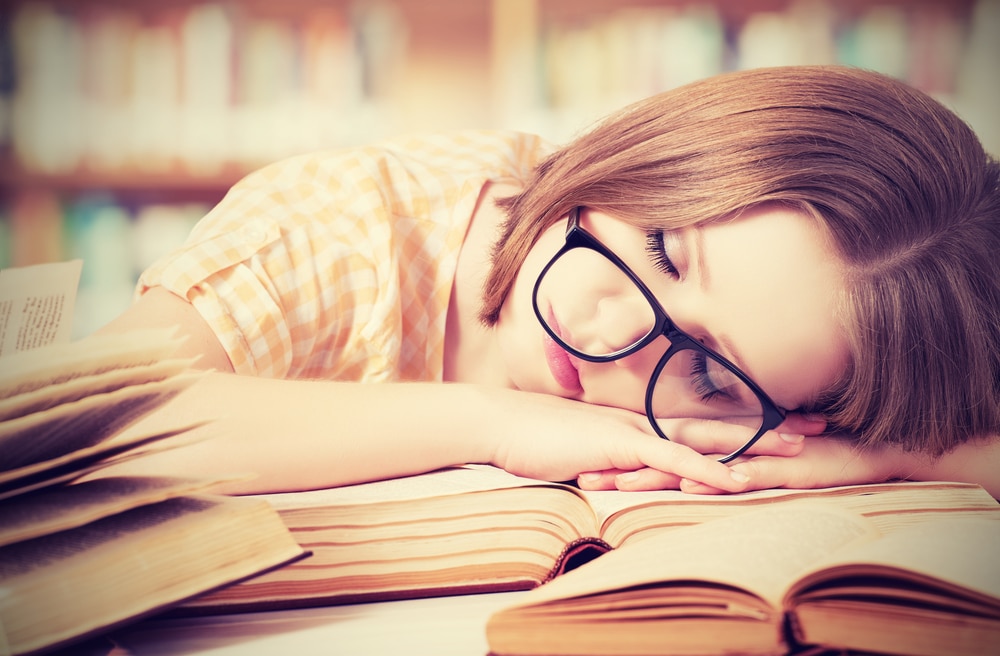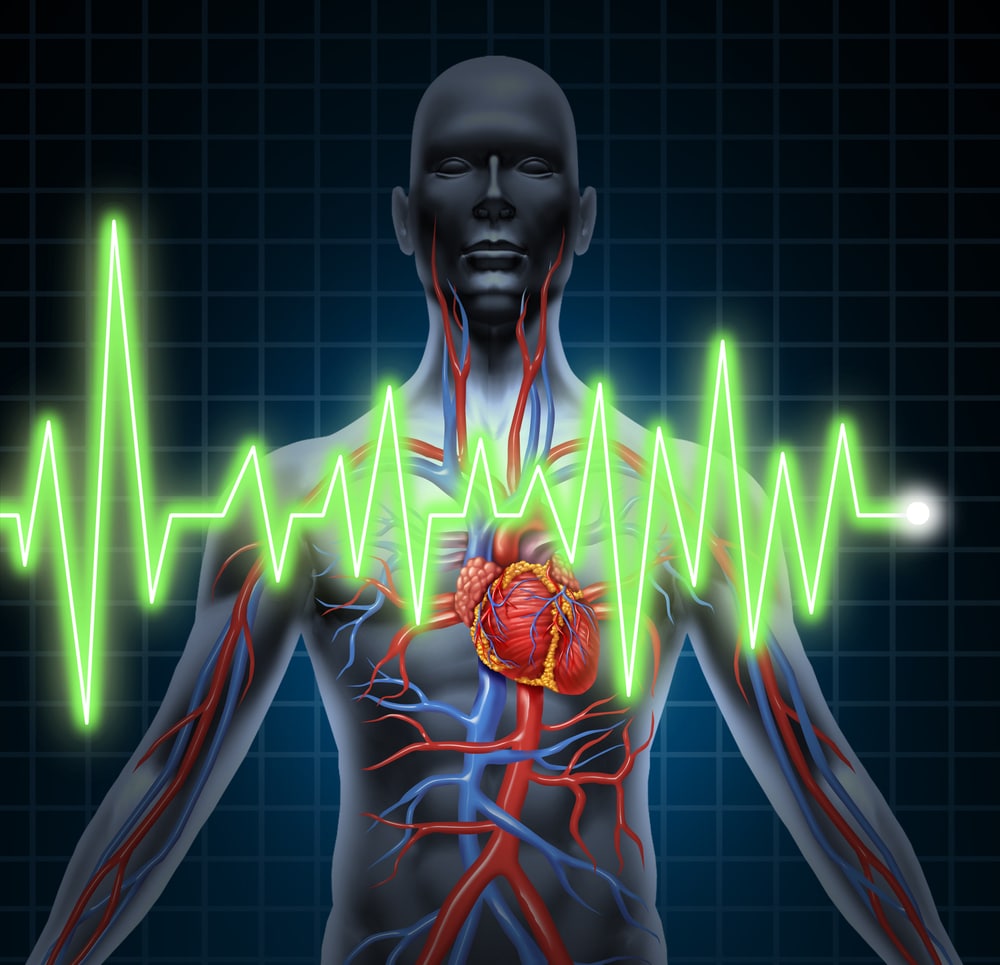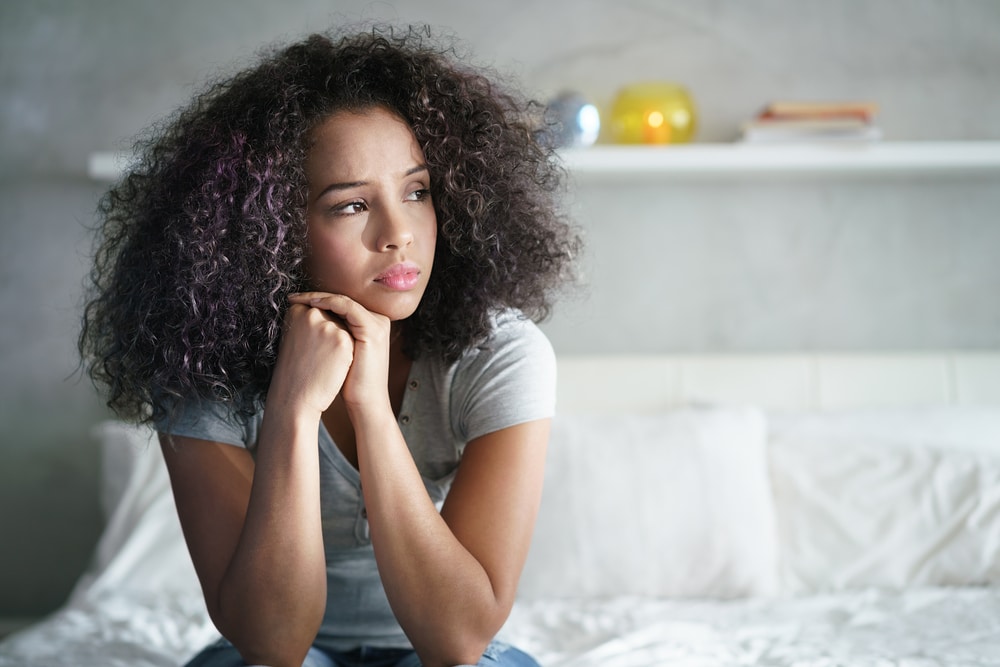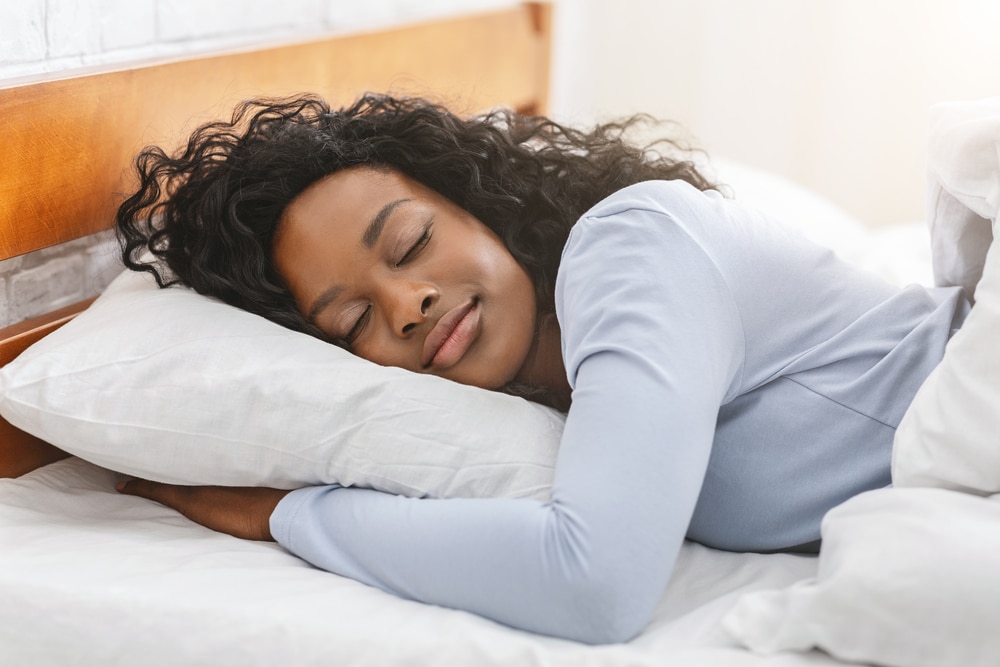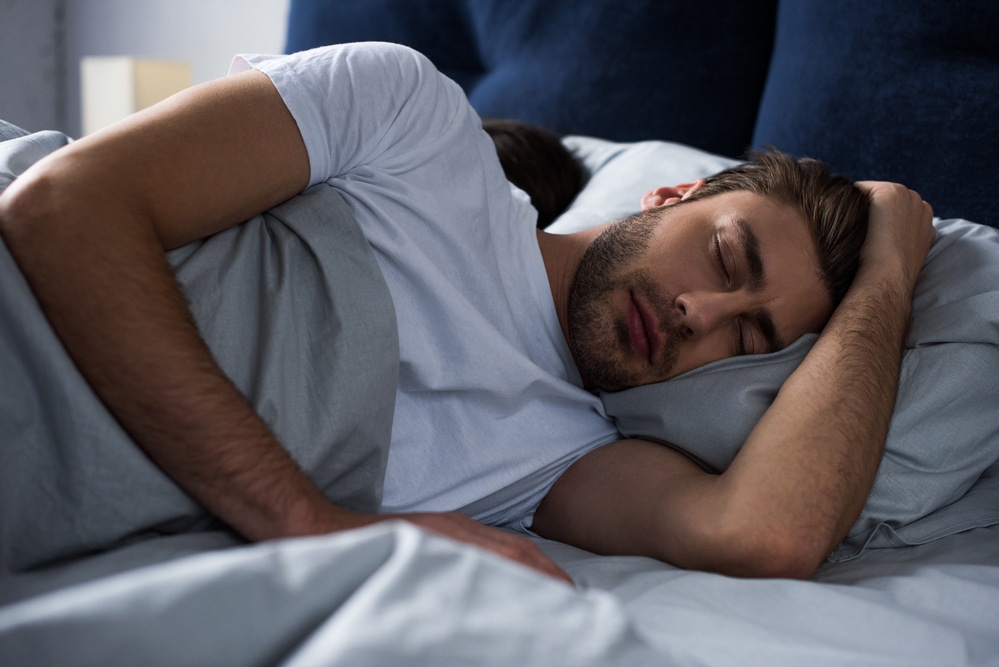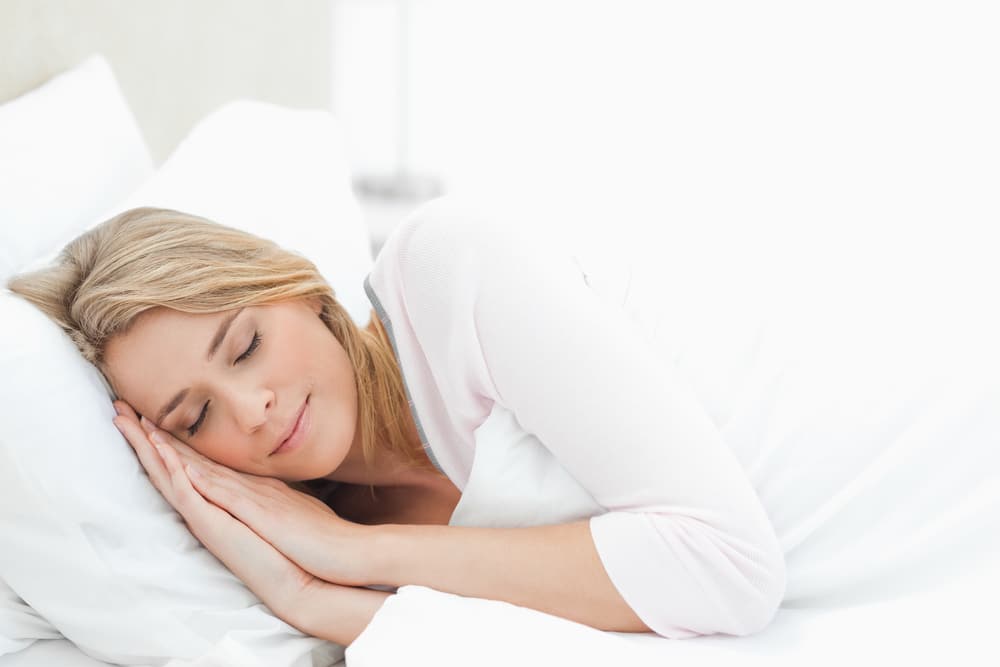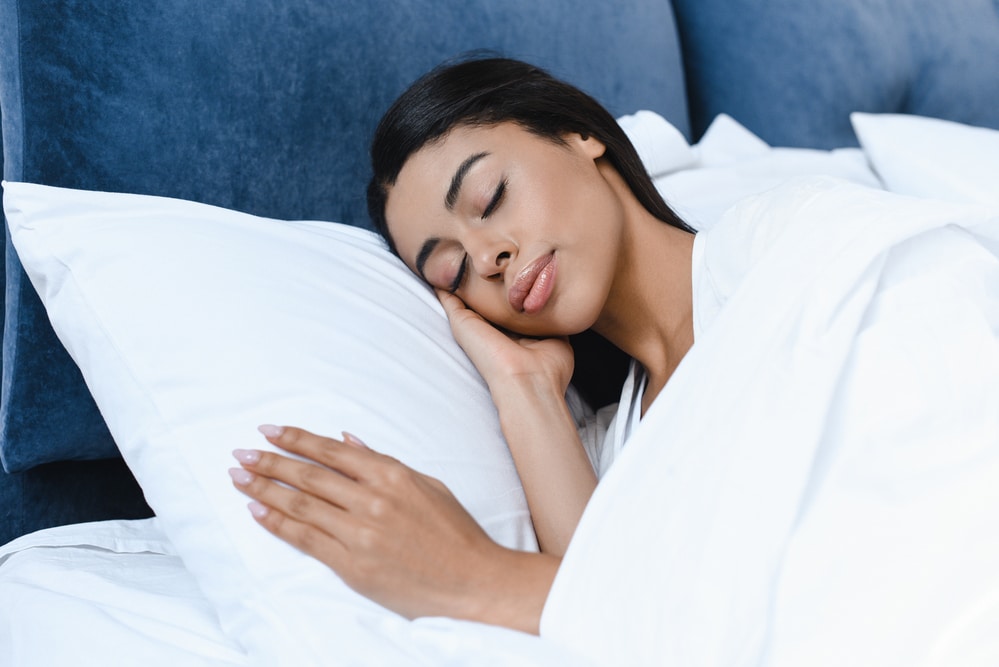Exercising, reducing stress, and maintaining a routine are all things that support a healthy sleep schedule. But did you know that nutrition also plays a role in sleep quality? Tryptophan, also known as L-tryptophan, is one nutrient that’s essential for regulating both sleep and mood.
While many people get tryptophan from their normal diets, others have great success when supplementing with L-tryptophan. Whether you’re struggling with sleep or know someone who is, here’s a look at the promising research behind supplementing with L-tryptophan for sleep and overall well-being.
What Is L-Tryptophan?
The body relies on amino acids for important functions like building proteins, regulating neurotransmitters, and regulating immune and metabolic functions.
While not all amino acids are critical to survival, there are nine essential amino acids that the body requires to function at optimal health. Essential amino acids cannot be created by the body and must instead be ingested through diet.
Tryptophan is one of these nine essential amino acids and can be found in common foods like turkey, fish, cheese, chicken, and eggs. Plant-based sources of tryptophan include soy and seeds, like pumpkin and sesame.
All humans unknowingly experience the effects of tryptophan on a daily basis. That’s because tryptophan is responsible for the production of niacin, melatonin, and serotonin. Tryptophan cannot produce niacin unless the body has enough Vitamin B6, Iron, and Riboflavin, yet the role of niacin as a B vitamin means it’s essential for creating energy from food nutrients.
Melatonin is key for regulating healthy sleep-wake cycles, and serotonin plays a role in both sleep and mood regulation. And since tryptophan is an essential amino acid, low L-tryptophan levels can have serious consequences for the mind and body. The primary side effect is decreased sleep quality and increased risk of mental health and mood disorders, including depression.
Benefits of L-Tryptophan Supplements for Sleep
There are many positive effects of L-tryptophan for sleep. Supplementing with L-tryptophan helps improve sleep because it increases melatonin and serotonin, which work in harmony to regulate a person’s sleep-wake cycle.
A large body of research shows that L-tryptophan can be helpful for improving sleep quality in people of all ages. For example, one study sought to determine if a tryptophan-rich breakfast (along with light therapy) could increase melatonin production to induce better sleep.
The results showed that consuming breakfast cereals high in L-tryptophan increased the efficiency of sleep while helping people sleep for a longer amount of time. The research also showed that L-tryptophan decreased sleeplessness during the night and reduced sleep latency — the amount of time it takes to fall asleep.
Similar results were discovered in a study on L-tryptophan and sleep. This research found that taking L-tryptophan supplements twice a day, at night and in the morning, greatly increased melatonin levels. As a result, subjects had improved sleep-wake cycle regulation and slept better.
Another controlled study on newborns tested the effects of 420 mg of L-tryptophan (per 2.2 lbs of body weight) in a bottle. The babies in this study experienced sleepiness sooner and slept for longer than usual, though pediatric use isn’t recommended.
The recommended dose of L-tryptophan for adults is 8-12 grams per day, and this total amount should be divided across three to four doses per day.
L-Tryptophan for Sleep Disorders
It’s clear that L-tryptophan can be helpful for improving sleep, but what about in the instance of chronic sleep disorders?
Scientific studies demonstrate that taking one gram of L-tryptophan before bed can support improved sleep for people with mild insomnia, while up to 15 grams can support severe insomnia, according to psychiatrist James Lake. He adds that people with sleep disorders, such as sleep apnea and narcolepsy, have reported better sleep quality after taking 400-600 grams of 5-HTP before bed.
These findings suggest that L-tryptophan and 5-HTP, respectively, can be used as sleep aids both in people with mild sleep problems and in those with more serious chronic conditions.
Moreover, since sleep and sleep disorders are often associated with mood disorders like stress and anxiety (insomnia can exacerbate stress and stress can cause insomnia), let’s take a look at the promising effects of 5-HTP and L-tryptophan on mental health.
L-Tryptophan for Mental Health and Mood
Anyone considering L-tryptophan for its mental health benefits should also learn about 5-hydroxytryptophan, or 5-HTP. Both tryptophan and 5-HTP are serotonin precursors, meaning they increase serotonin production — the neurotransmitter that supports healthy mood. Yet, 5-HTP is the version of tryptophan before it has been fully transformed into serotonin, meaning it may have a milder effect.
According to a study on 5-HTP, this amino acid “easily crosses the blood-brain barrier and effectively increases central nervous system (CNS) synthesis of serotonin.” This increase in serotonin levels not only supports sleep and mood regulation, but has also been shown to improve depression, anxiety, aggression, mood swings, and muscle pain.
Scientific evidence shows that, due to its positive effect on serotonin production, 5-HTP can also be effective for treating common disorders like chronic headaches, binge eating, and fibromyalgia. Additional studies show that L-tryptophan can be helpful for depression related to menstruation and premenstrual syndrome.
The standard dose for 5-HTP is between 300-500 mg per day, and all other antidepressant medications or serotonin boosters should be stopped immediately when starting 5-HTP. Taking too many supplements that alter this important brain chemical can cause serotonin syndrome. The most common symptoms of serotonin syndrome include restlessness, confusion, rapid heart rate, sweating, muscle tightness, and dilated pupils.
Side Effects of L-Tryptophan
Most people don’t have any side effects when taking L-tryptophan at recommended doses. However, mild symptoms related to L-tryptophan and 5-HTP have been reported, including drowsiness, nausea, constipation, dry mouth, and blurred vision.
The most serious adverse effect has been the onset of eosinophilia-myalgia syndrome, or EMS. This is a rare disorder caused by an increase in white blood cells (eosinophils), which cause inflammation, swelling, cough, behavioral changes, and digestive issues. This became a concern in 1989 when thousands of individuals reported symptoms of EMS after taking a specific brand of L-tryptophan supplement.
This EMS epidemic led to the ban of L-tryptophan supplements in 1990 by the United States Food and Drug Administration (FDA), yet the ban was lifted in 2005. Scientific reports say that the link between L-tryptophan and EMS was actually due to contamination in the L-tryptophan supplement, rather than the intake of L-tryptophan itself. This is due to the fact that there have been no reported cases of L-tryptophan-related EMS since the reintroduction of the supplement in 2005.
Also remember that dietary supplements of L-tryptophan aren’t regulated by the FDA. If you want to add L-tryptophan to your diet, it’s important to consult a health care professional for medical advice related to your specific needs and circumstances.
Supplementing With L-Tryptophan for Sleep
L-tryptophan supplementation has the potential to improve both sleep and mood.
Numerous studies have demonstrated the positive effects of supplementing with L-tryptophan to boost melatonin and serotonin production, both of which help regulate the sleep-wake cycle and improve sleep. Since both L-tryptophan and 5-HTP help boost serotonin, they’ve also been shown to support mental health conditions like depression.
If you’re considering a supplement for better sleep and you’d like to boost your melatonin levels, consider taking L-tryptophan for sleep. Improving your daily rest through nutrition is just one way to better your overall sleep schedule and understand the role of sleep in your mental and physical health.


